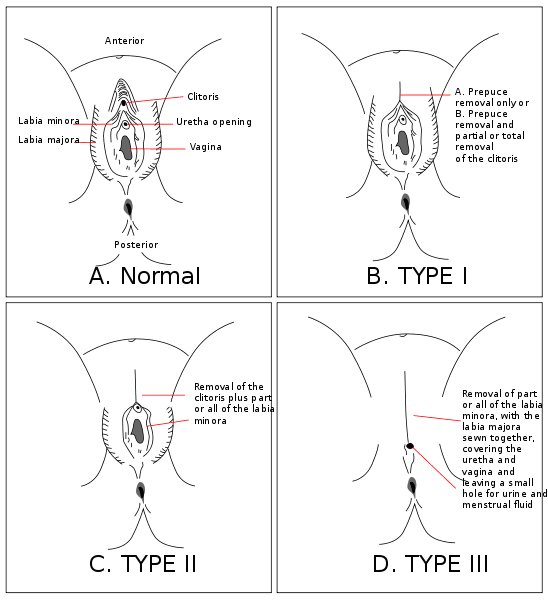FGM: Facts
Key Facts
Female Genital Mutilation (FGM) or Female Genital Cutting (FGC) involves any procedure that intentionally removes or injures part or all of the external female genitalia for non-medical reasons.
Many communities and families who practice FGM view it as a good and beautiful thing. It’s often seen as a rite of passage into adulthood, to make sure their daughters are accepted into the community.
There are no health benefits for females who undergo the surgery

The World Health Organization (WHO) estimates that 3 million girls in Africa undergo FGM each year, and between 100 and 140 million girls and women are living with the consequences of FGM today.
FGM was made illegal in the UK by the 1985 Female Circumcision Prohibition Act; however, many communities continue to practice FGM.
There is no scriptural basis for FGM in any religion.
FGM can lead to serious health problems, including:
- Severe bleeding
- Urinary and menstrual difficulties
- Infertility
- Childbirth complications
- Long-term psychological problems
- Death
FGM Procedures
There are four different types of FGM procedures:
A) Sunna or Clitoridectomy—removal of the prepuce (the hood of the clitoris) or removal of the entire clitoris
B) Excision—removal of the clitoris with partial or complete excision of the labia minora
C) Infibulation—removal of the clitoris and labia minora and stitching together of the vaginal opening leaving a small hole for urine and menstruation
D) Any other type of genital mutilation, including cutting, piercing, pricking, incising, scraping, etc.

It is a criminal offence to perform FGM here in the UK, or to take UK nationals and UK permanent residents to a different country to have FGM performed. Any person who is convicted of this offence is liable to serve up to 14 years in prison.
